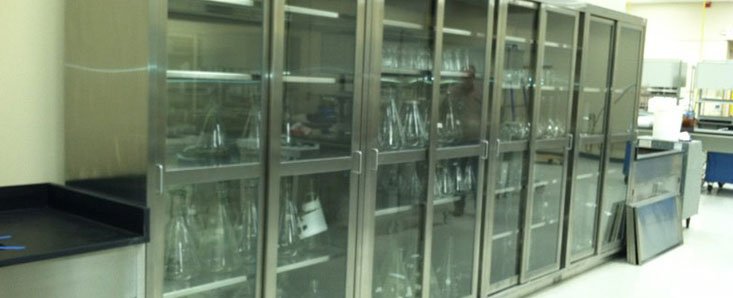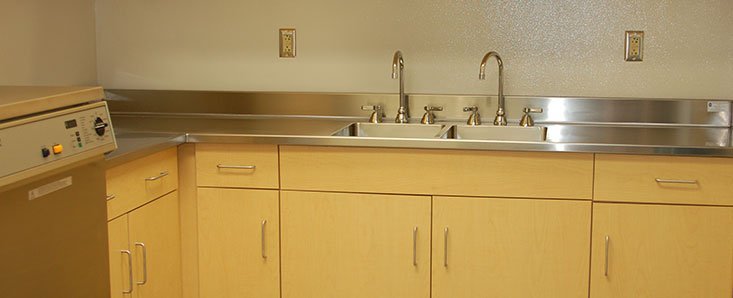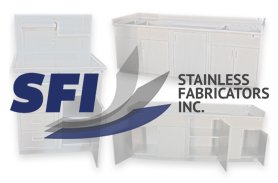Stainless Steel & Rust
08.23.2021
One thing stainless steel is famous for is its resistance to rust and corrosion. It is for this reason, it is widely used in laboratories & restaurant settings. Its ability to provide this resistance is determined by the amount of chromium contained within. The reaction between chromium and oxygen results in chromium oxide. Chromium oxide is a passive film that has a high affinity for its electron. It securely adheres to the metal surface. This film of chromium oxide acts as a barrier and restrains oxygen and waters accessibility into the metal. The rust-resistance capability of stainless steel is thanks to this film of chromium oxide.
Even though there is a film of chromium oxide, stainless steel can still rust in adverse conditions. Corrosion can happen when stainless steel when exposed to chemicals, moisture, and heat exposure for long increments. It does not corrode quickly as it takes some time to affect. Whether or not the stainless steel will rust depends on the chromium content and the kind of corrosive element exposed to the metal. If there is not a sufficient amount of chromium, a new protective layer of chromium oxide cannot form near the top scratched layer. The result, it could possibly be susceptible to numerous kinds of corrosions. The types of corrosion are general, galvanic, inter-granular, pitting, crevice, stress corrosion cracking.
Some reasons rust can form on stainless steel are:
- The presence of chlorides in the environment. This can cause pitting corrosion.
- Corrosion can be an after-effect of welding. The formation of carbide precipitation at the welding site can cause corrosion.
- Presence of plain steel or iron steel in stainless steel.
- Heating stainless steel at elevated temperature.
- Scaling is a interesting phenomenon, which stainless steel experiences at high temperatures. This can result in bimetallic corrosion. This means stainless steel can lose the oxide layer at high temperatures unless the oxide layer can be allowed reform.
- Exposed to various harsh chemicals & environments.
In conclusion, stainless steel is one of the few materials sufficiently able to resist against corrosion. There are many different types and grades that should be considered when designing the stainless steel piece.
Click here to request a custom quote for your project today.













